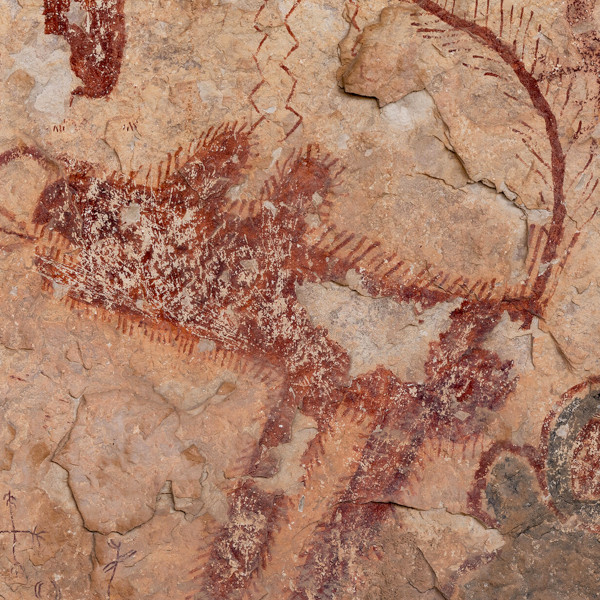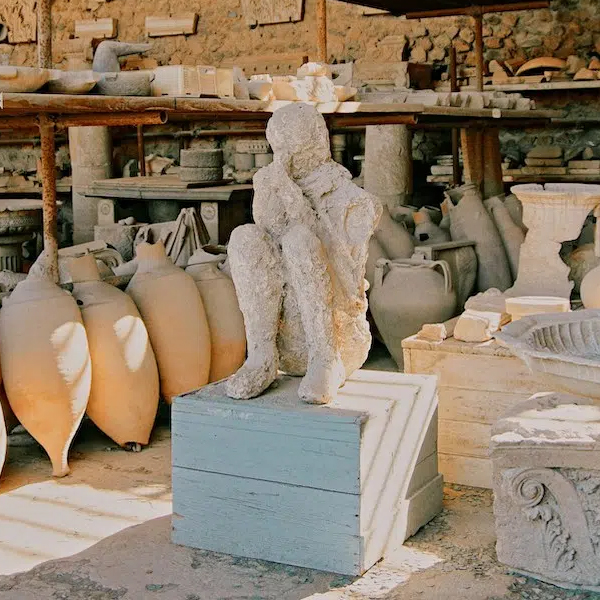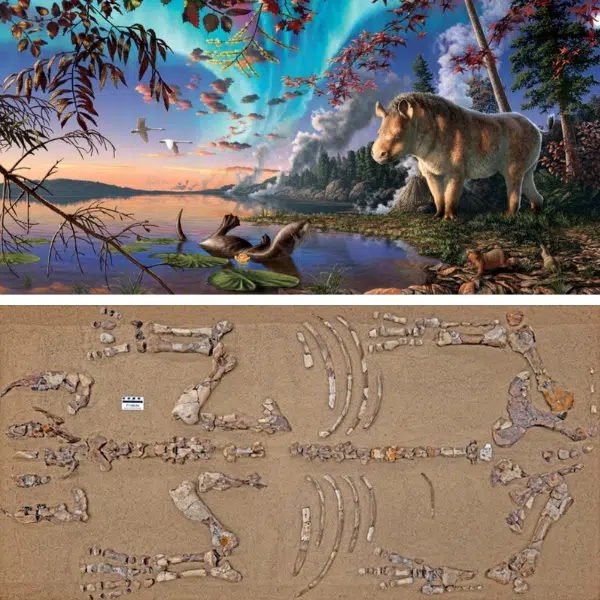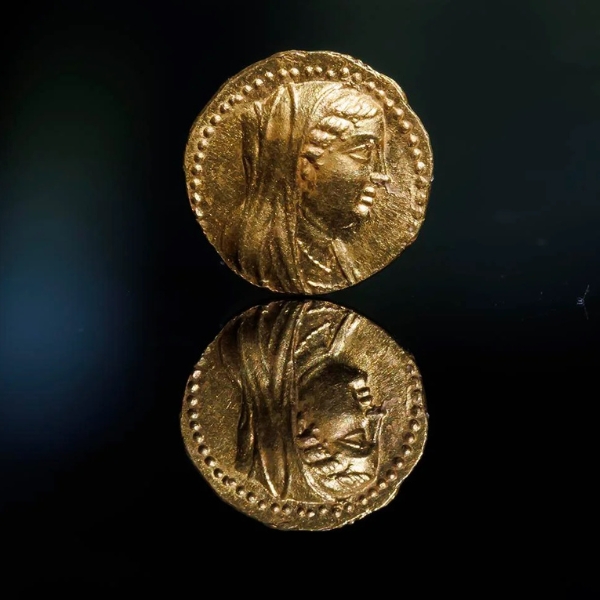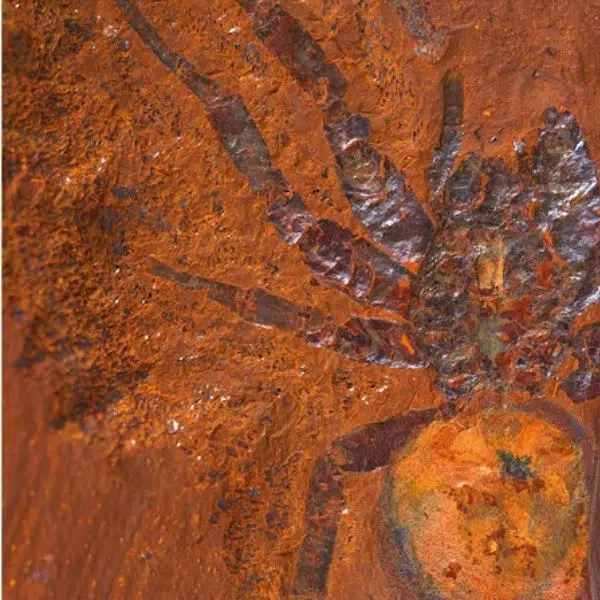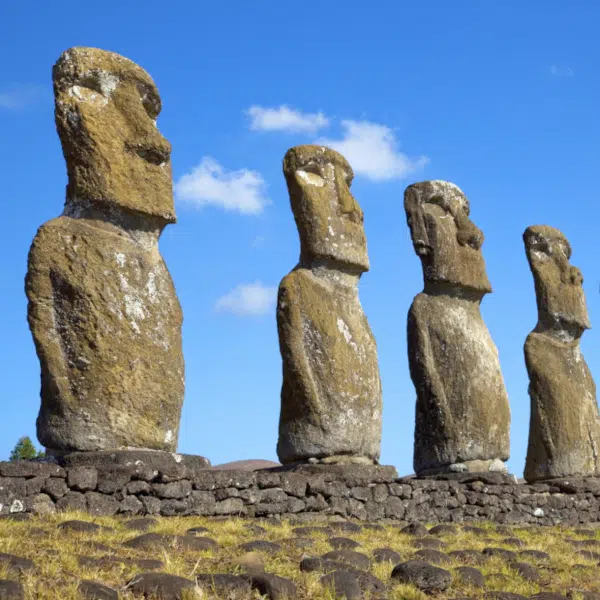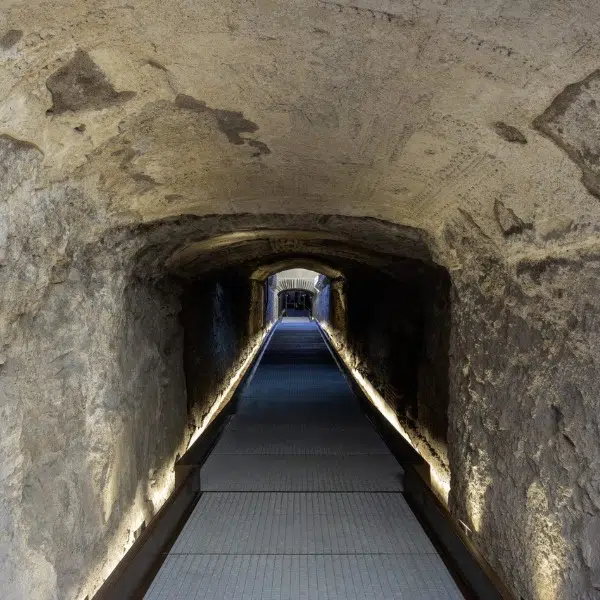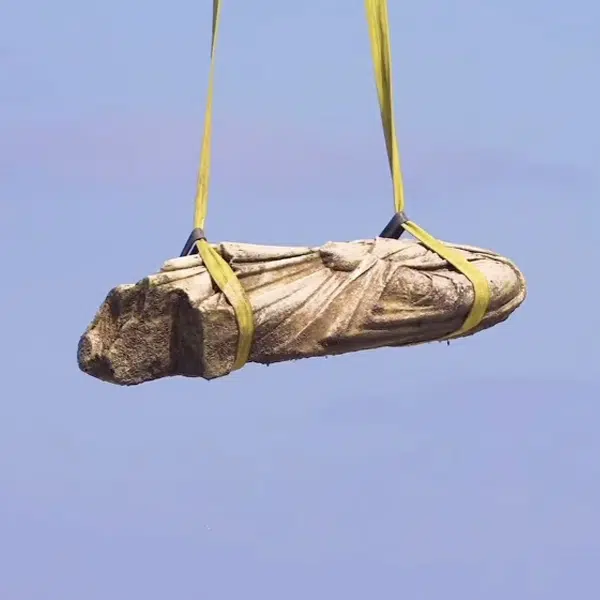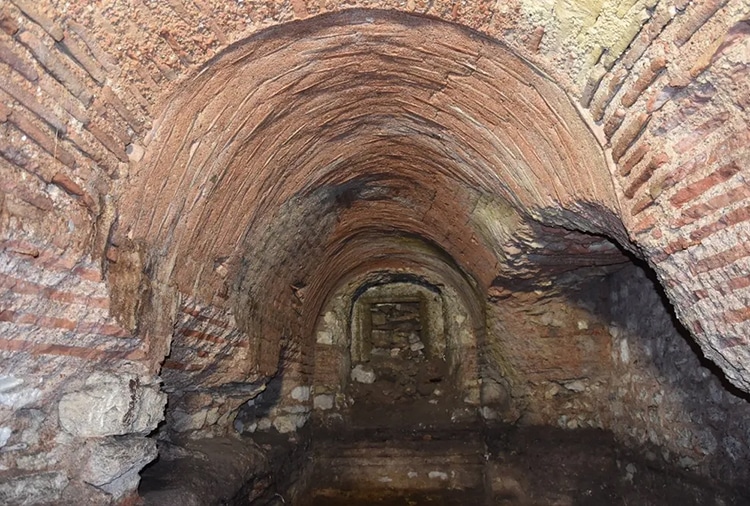
Photo: Istanbul Metropolitan Municipality
Ancient cities carry ancient secrets under modern streets and buildings. One of the most interesting ancient cities of the Mediterranean, Constantinople, lies underneath and throughout what is now Istanbul, poking its historical fingers above ground throughout in in interesting ways. There's Hagia Sophia, the ancient church turned modern Mosque, or the ancient columns left behind by the city's Roman inhabitants. The city's fascinating history crosses empires and nations, continuing to reveal itself as archeologists expand their knowledge of what lies below the city. Recently, a series of tunnels and rooms under the ruins of the ancient Byzantine Church of St. Polyeuctus have been discovered and are being excavated, offering a window into early Christianity.
The tunnels consist of brick walls and arches, two rooms and a connecting tunnel. The subterranean complex seems to have linked to the above-ground church, which was constructed under the Emperor Justinian during the period from 524 to 527 CE. The underground portion connected to the prothesis above ground, part of an Orthodox church where the Divine Liturgy is prepared. The Divine Liturgy, still celebrated in Eastern Orthodox Christianity, is the Eastern name for the Eucharist and was important in Byzantine Christianity. The exact use of these connected underground rooms is not known yet, but the remaining mosaics and carvings may eventually present clues.
The subterranean complex was originally discovered in the 1960s but was stopped up with earth for preservation. The area of the city in which the above-ground ruins lie is being revitalized, and Turkish officials intend to turn the ruins into an archeological attraction. Rediscovering the ruins and the former church has ensued. The church was finally destroyed in 1204 during an attack by European crusaders. Parts of the ancient building were carried away and repurposed in Europe, such as in St. Mark's Basilica in Venice.
After the fall of the Byzantine Empire to the Ottomans in 1453, the ruins were built over as the city developed. Its re-excavation and revitalization is just the next step in the ancient history of this plot within the ancient city. It has the potential to tell us much about the early practice of Christianity in the Byzantine Empire.
Under the ancient Byzantine Church of St. Polyeuctus, archeologists have discovered a network of brick tunnels and rooms used in some of the earliest days of Christianity.
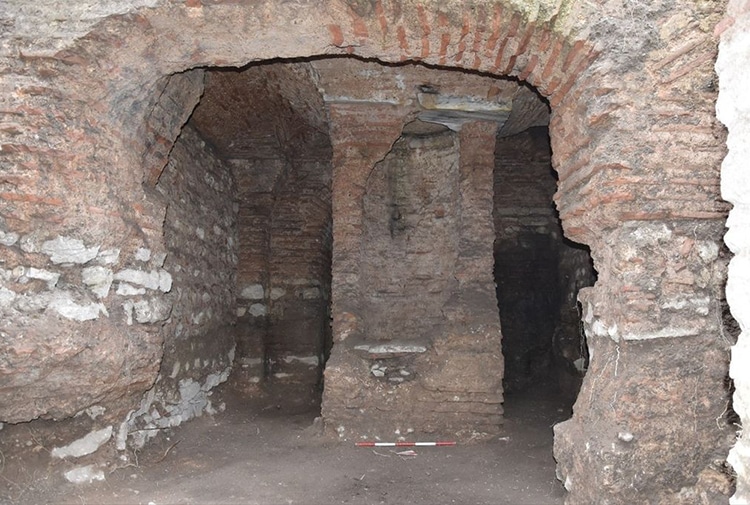
Photo: Istanbul Metropolitan Municipality
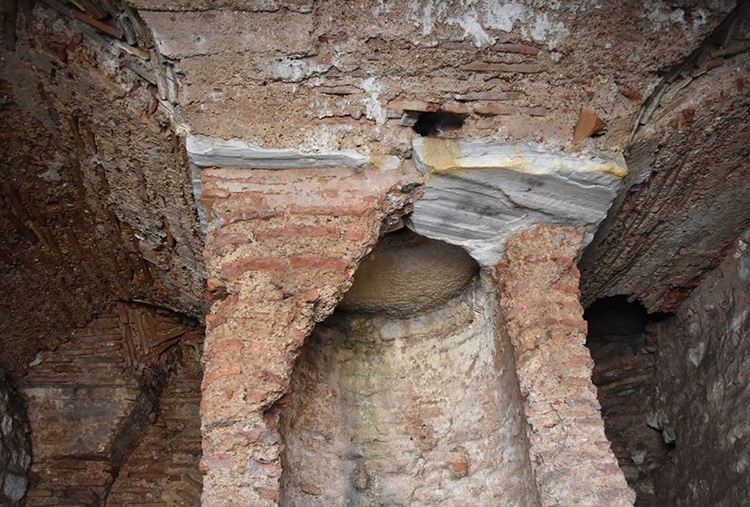
Photo: Istanbul Metropolitan Municipality
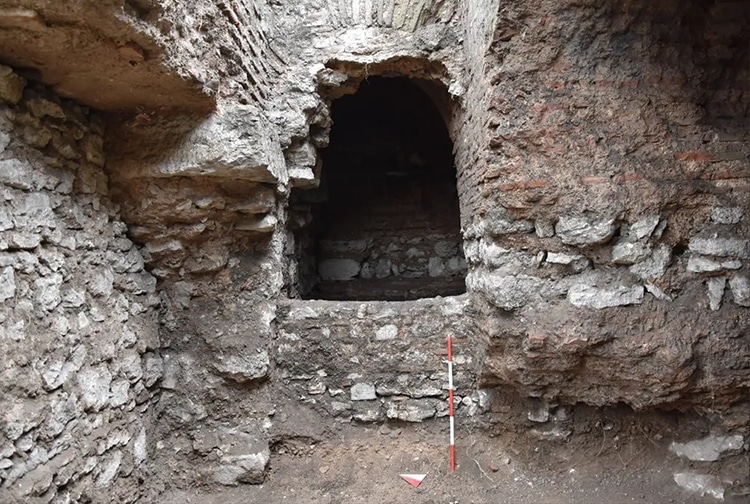
Photo: Istanbul Metropolitan Municipality
h/t: [Live Science]
Related Articles:
Volunteers Uncover 3,500-Year-Old Rock Art During Environmental Cleanup in Kazakhstan
Explore the Oldest Existing World Map, Carved in Clay 2,600 Years Ago
Over 900 Artifacts Recovered From Ming Dynasty Shipwreck
Revolutionary Technology Digitally Reconstructs Faces of Ancient Skulls Found in Scotland











































































